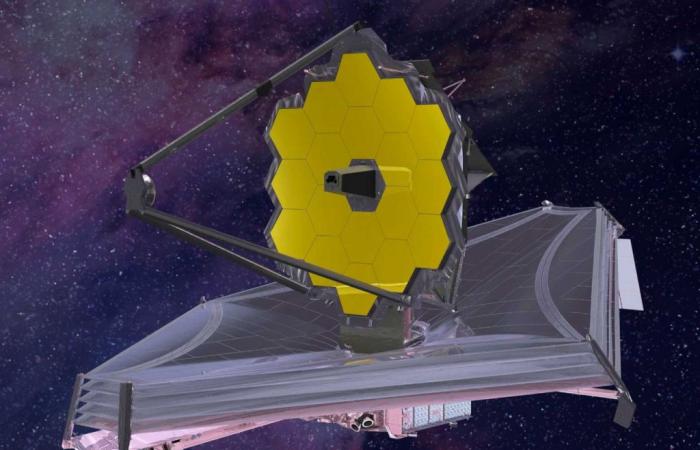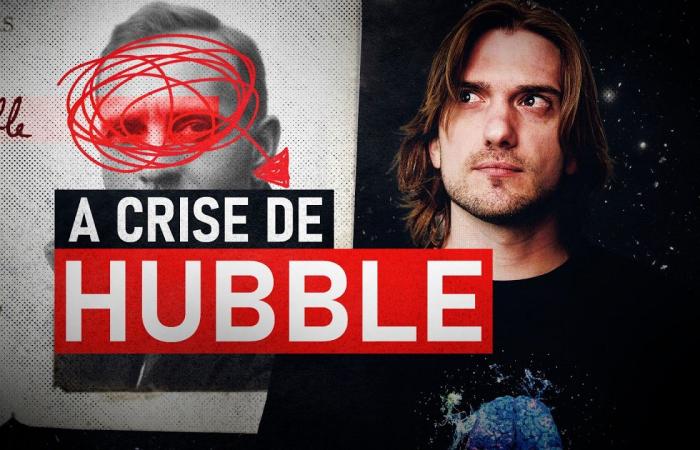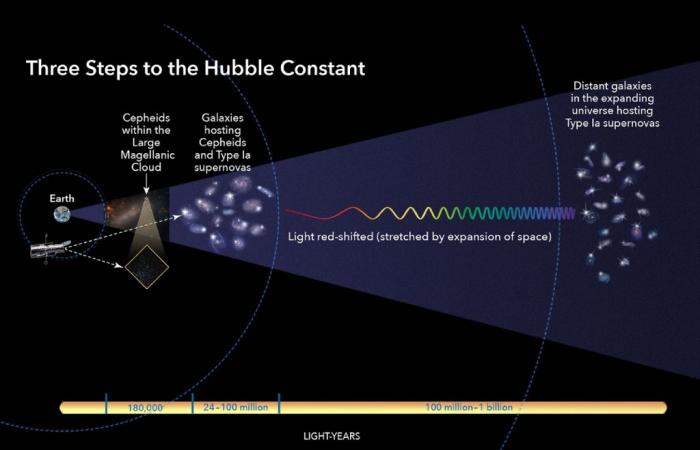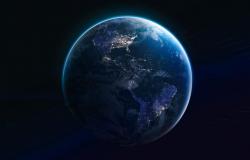In December 2021, the James Webb Space Telescope was launched as part of a project to understand the earliest moments of the Universe. The idea is that the James Webb would make it possible to observe very distant galaxies which would show what the Universe looked like during the first hundreds of millions of years. This is made possible by the telescope's ability to observe infrared wavelengths.
With observations of such a young Universe, the James Webb would make it possible to understand how the Universe has evolved over these 13.8 billion years. One of the most important concepts is the expansion rate of the Universe, which indicates how fast space-time is expanding. The Hubble constant is used to describe this rate and is based on the relationship between the speed of galaxies and their distances from the Solar System. However, determining this value accurately is a challenge in astronomy, known as the “Hubble voltage.”
Using data from the James Webb, astronomers were able to calculate a new estimate of the Hubble constant. According to the results obtained, the value is practically identical to that determined using the Hubble telescope, launched in the 1990s for this specific purpose. This confirmation of Hubble data constitutes a step forward in understanding the expansion of the Universe and could perhaps help resolve the current cosmological crisis.
Hubble constant
The Hubble constant is an important measurement in cosmology because it describes the rate of expansion of the Universe. It was proposed by astronomer Edwin Hubble in 1929 when he first observed that the farther away a galaxy is, the faster it is moving away from us. This observation was one of the first to demonstrate that the Universe is expanding, forever changing the course of cosmology.
The Hubble constant is defined as the ratio between the speed at which a galaxy is moving away and its distance from the Milky Way.
Although it seems simple, measuring the Hubble constant remains a major challenge in cosmology, as it requires extremely precise data. Various methods are used for this calculation, the best known being the use of type Ia supernovas. Additionally, the cosmic microwave background (CMB) can also be used. However, the results obtained by different methods present deviations, generating a tension called “tension de Hubble”.
Cosmological crisis
The “Hubble tension” is part of a broader phenomenon known as the cosmological crisis, where observational data diverge from theoretical models. For example, one of the main calculation methods using supernovas provides a value of approximately 73 km/s/Mpcwhile another method, based on the cosmic microwave background, gives 67 km/s/Mpc. Although close, these values present a significant difference for cosmological models.
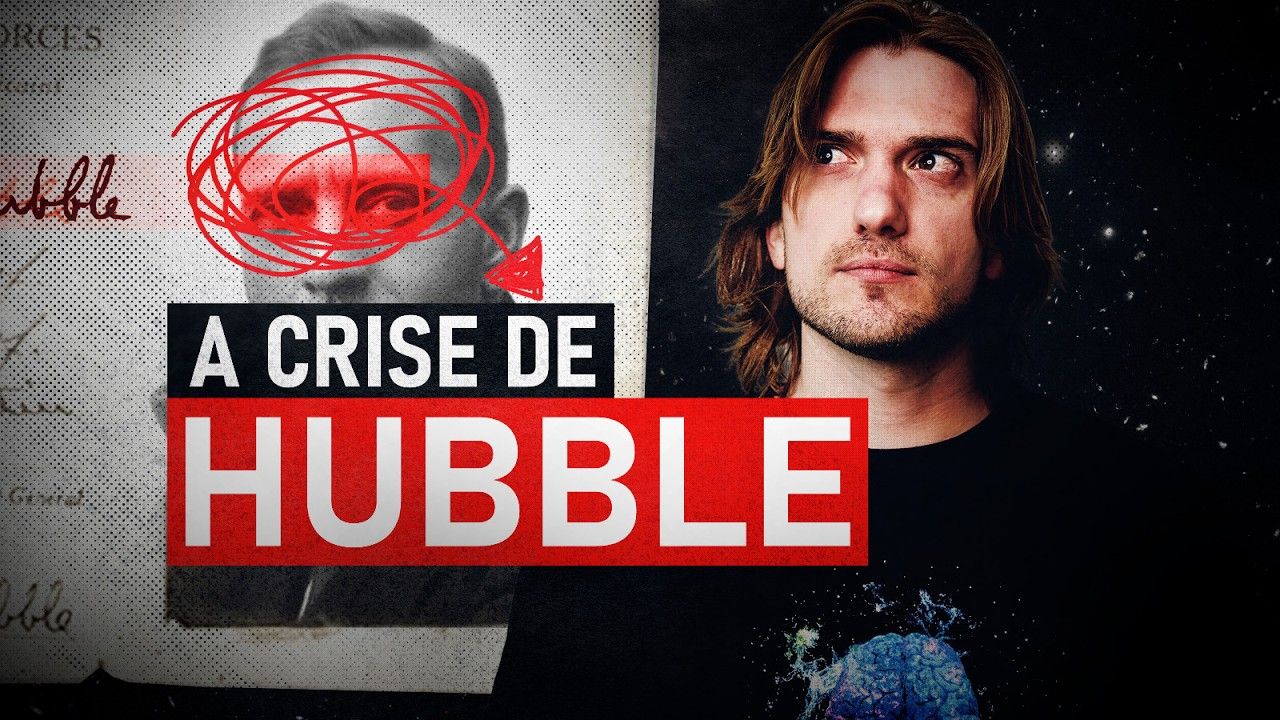
What is striking is that both methods are precise, but the divergence persists. Some astrophysicists suggest these discrepancies could reveal limitations in the standard cosmological model, while others believe the problem could be in the data or our line of sight from the Milky Way. The hope is that with the new telescopes, the data will become even more reliable, allowing the cosmological crisis to be gradually resolved.
The controversy surrounding the JWST
The JWST results are attracting attention because the telescope has already been the target of controversy in mid-2022. When the telescope's first results were released, several channels and news stories circulated claiming that it had “confirmed that the Big Bang did not exist.” However, the allegations were incorrect and emerged after misinterpretations of some articles published at the time.
The reason was that the JWST data showed larger and more evolved galaxies than expected for the early Universe. Astronomers have published papers arguing that the theory of galaxy formation and evolution needs to be revised. This area of astronomy has always been a subject of debate, and one of the goals of JWST was to better understand how galaxies formed in the early Universe. None of the data provides evidence against the Big Bang model.
New result
A recently published paper used JWST data on variable stars and Type Ia supernovas. These objects function like “standard candles” because their brightness is well described in theory and by measuring the apparent brightness, it is possible to calculate the distance of the object. The group used these observations to calculate the Hubble constant.

The researchers obtained an estimate of 72.6 ± 2.0 km/s/Mpc, a value very close to that obtained by the Hubble telescope data which estimates a value of 72.8 km/s/Mpc. Even with the limited number of supernova observations by JWST, initial results already indicate consistency between the two telescopes' estimates. This consistency is important in cosmology and it is expected that when more data becomes available, a new calculation will be carried out.
So did the Big Bang happen?
The Big Bang theory is the explanation for the beginning of the Universe and was proposed following various observations showing that the Universe is expanding. Since Hubble's observations in the 1920s, other observations have continued to confirm the Big Bang theory. One of them is the discovery in 1965 of cosmic microwave background radiation, which would be an “echo” of the first moments of the Universe.
Other observations, such as the proportions of elements such as hydrogen and helium, agree with calculations based on the Big Bang theory. Different experiments and precise observations are in agreement with the predictions of this theory. And even if an observation contradicts it, it is not enough to easily overturn the Big Bang theory, as it is so robust.
Article reference:
Riess et al. 2024 JWST Validates HST Distance Measurements: Selection of Supernova Subsample Explains Differences in JWST Estimates of Local H0 The Astrophysical Journal

